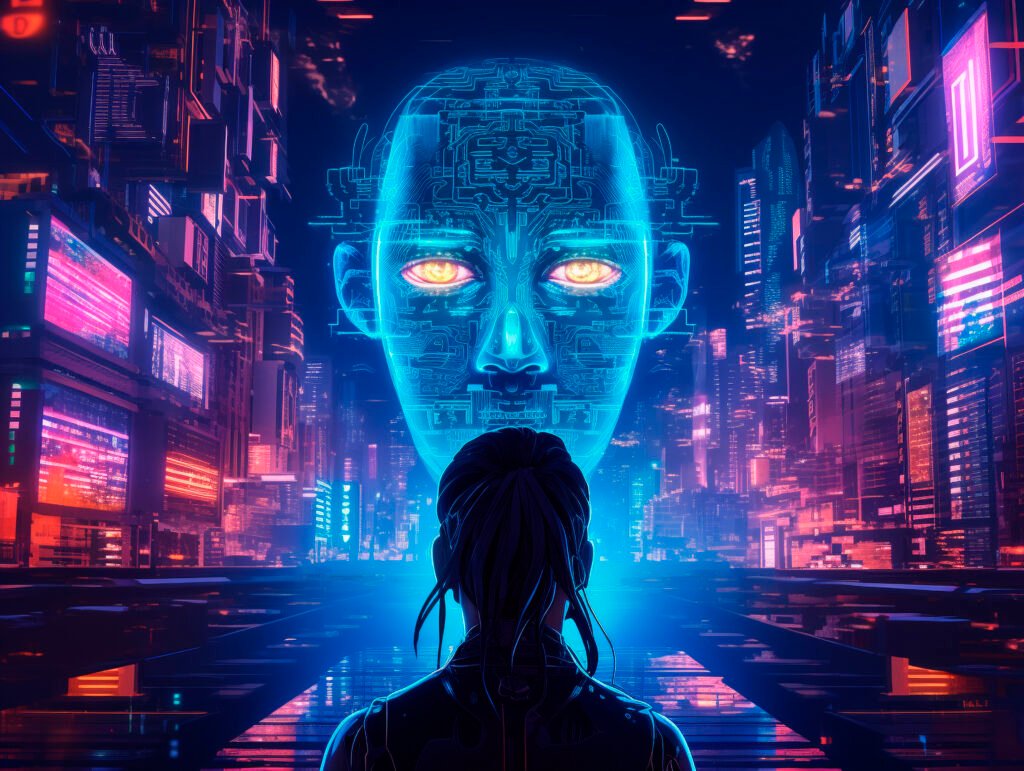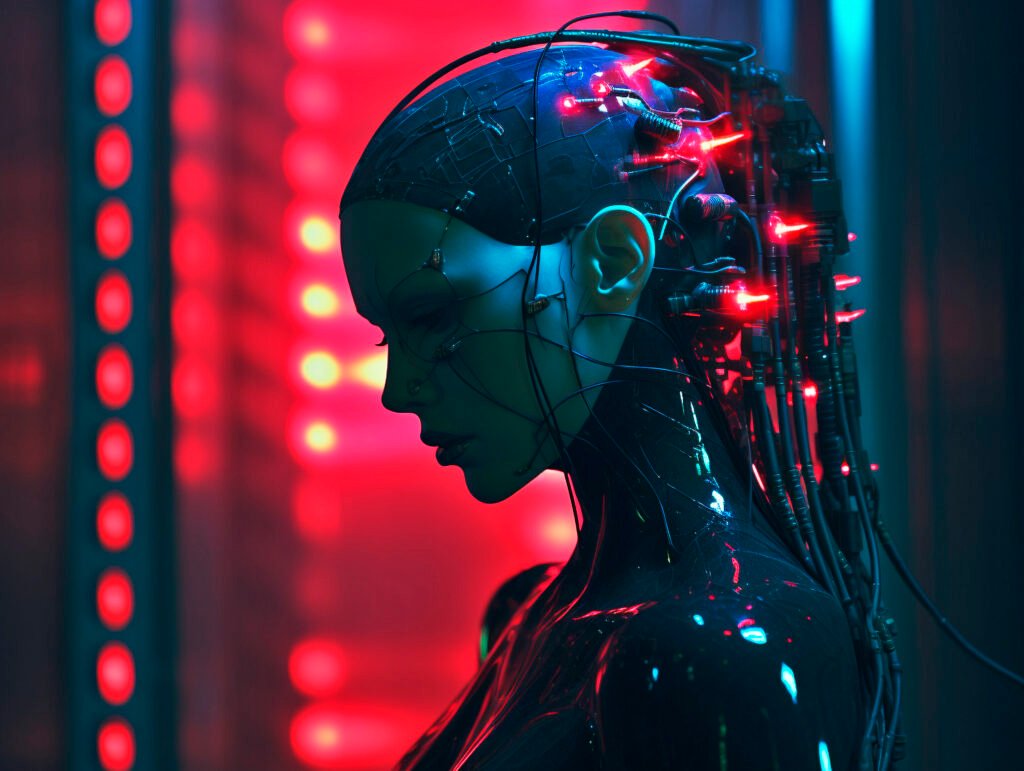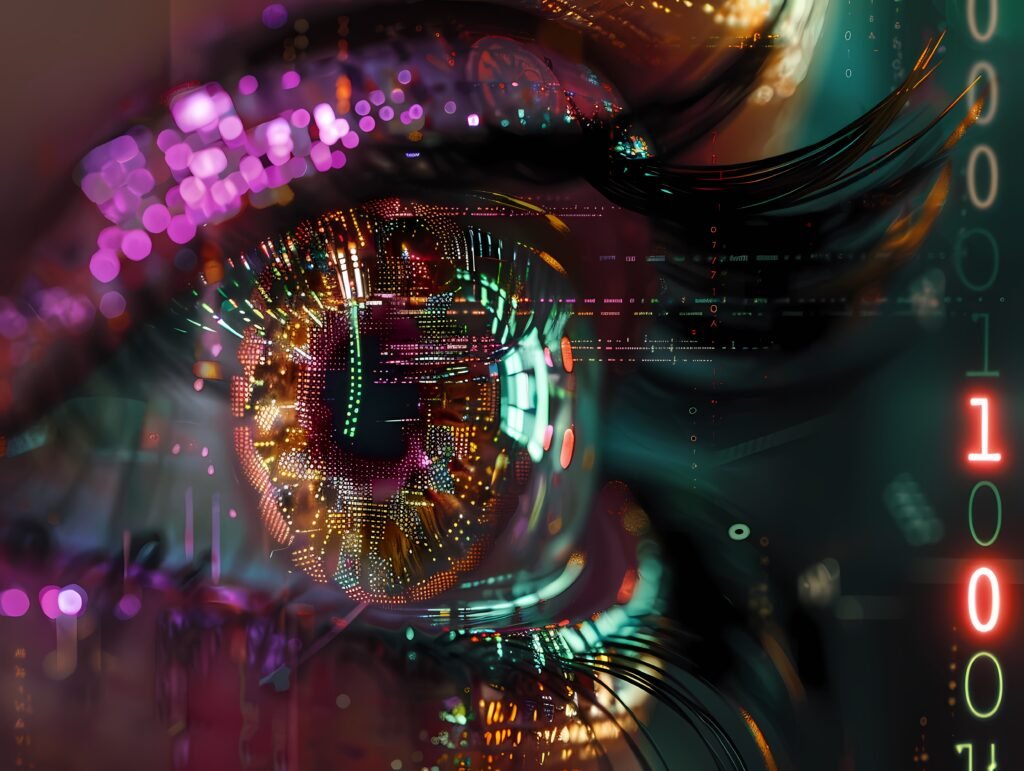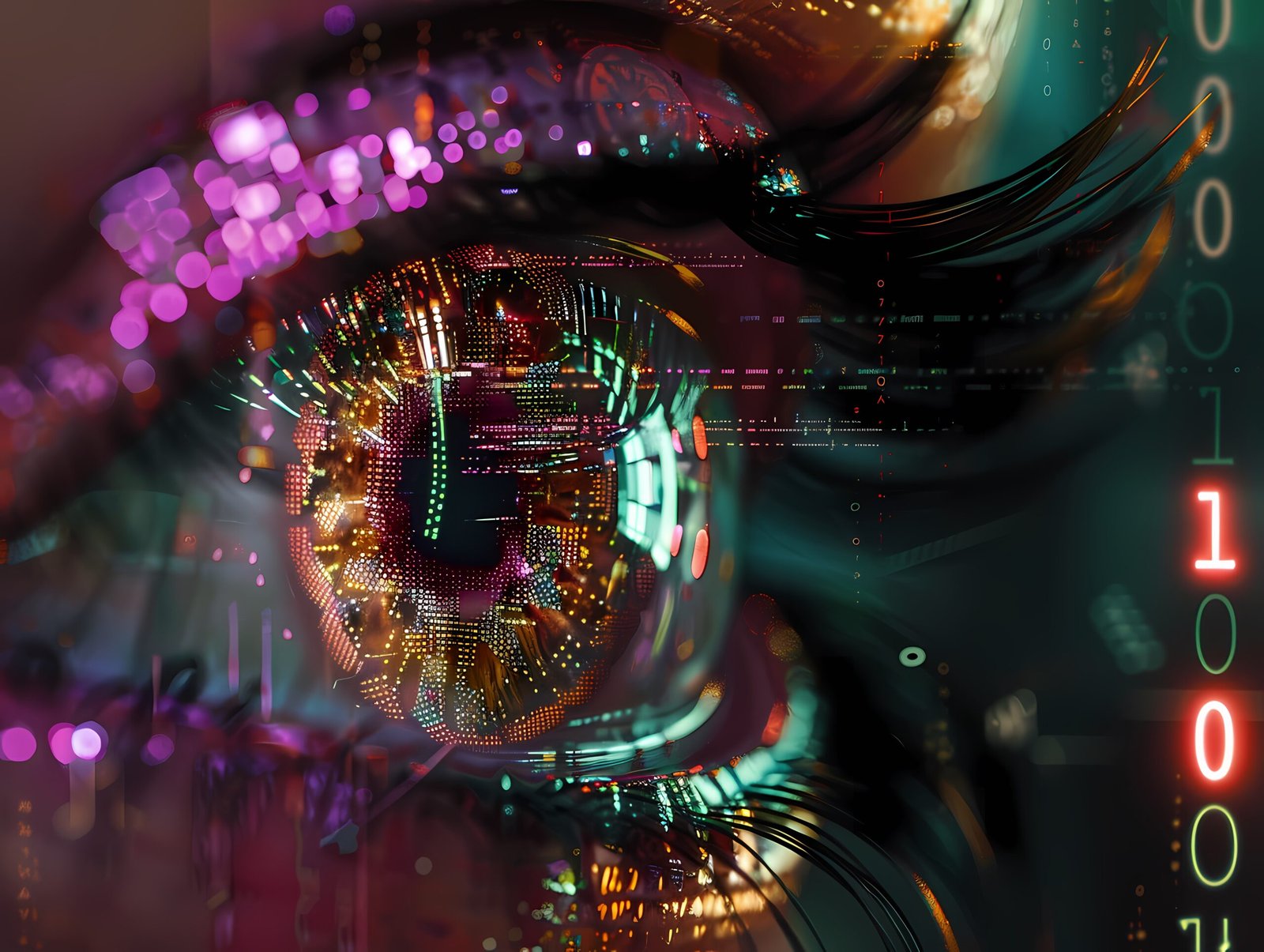
Elon Musk’s X (formerly Twitter) has launched a major update with the introduction of Grok-2 and Grok-2 mini, marking a significant advancement from their previous AI model, Grok-1.5. These new models are now available in beta, offering a range of enhanced features and capabilities. The rollout of Grok-2 includes a novel image-generation feature, which allows users on the X social network to create images directly through the AI. However, access to these new models is currently restricted to Premium and Premium+ users, reflecting a trend towards monetizing advanced AI features.

Grok 2.0: A Leap Forward in AI Technology
Grok-2 represents a substantial improvement over its predecessor, Grok-1.5. According to xAI, the company behind Grok, the new model brings forward capabilities in chat, coding, and reasoning. This leap in performance is not only a testament to the rapid advancements in AI technology but also highlights the growing expectations for AI systems to handle increasingly complex tasks. Grok-2 is designed to offer more nuanced and contextually aware interactions, which could enhance user experience significantly.
The introduction of Grok-2 mini provides a scaled-down version of the main model, maintaining much of its core functionality but in a more compact form. This could make Grok-2 mini particularly appealing for users who may not require the full capabilities of Grok-2 but still want access to advanced AI features.

Image Generation and Its Implications
One of the most notable new features in Grok-2 is its ability to generate images. This addition allows users to create visual content directly through the platform, which could have a variety of applications ranging from content creation to visual storytelling. The image-generation capability utilizes the FLUX.1 model from Black Forest Labs, a tool designed to enhance the quality and realism of AI-generated images.
However, the current implementation of this feature has sparked controversy. Early user-generated images have shown that Grok-2’s image-generation feature lacks guardrails, especially in creating images of political figures. This has raised concerns about potential misuse, particularly in the context of the upcoming U.S. presidential election. The ability to generate unregulated images of politicians could lead to the spread of misinformation or propaganda, posing a significant risk to public discourse and democratic processes.
Potential for Misinformation
The risk of misinformation is a major concern with the introduction of Grok-2’s image-generation capabilities. Without appropriate safeguards, the tool could be used to create misleading or deceptive content that might be shared widely across the platform. The potential for generating realistic but false images underscores the need for robust content moderation and verification mechanisms. It’s crucial for platforms like X to implement measures to detect and prevent the misuse of such powerful technologies.
Developer Access and Enterprise Integration
xAI has also announced plans to make Grok-2 and Grok-2 mini available to developers through an enterprise API later this month. This move could significantly expand the use of Grok’s advanced features beyond the X platform itself. By offering these models to developers, xAI is positioning Grok-2 as a versatile tool that can be integrated into various applications and services.
The enterprise API is expected to provide developers with access to Grok-2’s enhanced capabilities, including its image-generation and reasoning functionalities. This could lead to the creation of new tools and applications that leverage Grok’s AI technology for diverse purposes, from business analytics to creative projects.
AI-Driven Features on X
In addition to the new image-generation feature, xAI plans to incorporate Grok-2 into a range of AI-driven functionalities on X. This includes improved search capabilities, post analytics, and reply functions. The integration of Grok-2 into these features could enhance the user experience on the platform, making it more intuitive and responsive to user needs.
For instance, AI-powered search could provide more relevant and accurate results, while advanced post analytics could offer deeper insights into user engagement and content performance. The introduction of AI-driven reply functions could also streamline interactions, making it easier for users to engage in meaningful conversations and receive relevant responses.
Multimodal Understanding
Another anticipated feature of Grok-2 is its multimodal understanding capabilities. Multimodal AI refers to systems that can process and integrate multiple forms of data, such as text, images, and audio, to provide more comprehensive and contextually aware responses. The preview of multimodal understanding as a core part of Grok-2’s experience suggests that xAI is aiming to create a more versatile and powerful AI model that can handle diverse types of input.
This capability could enhance the overall functionality of Grok-2, allowing it to provide richer and more nuanced interactions. For example, a multimodal AI could better understand and respond to queries that involve both text and images, improving the accuracy and relevance of its responses.
Future Prospects and Challenges
As with any advanced technology, the deployment of Grok-2 brings both opportunities and challenges. On one hand, the improvements in chat, coding, and reasoning capabilities could drive innovation and create new possibilities for users and developers alike. On the other hand, the potential for misuse, particularly in generating misleading or harmful content, highlights the need for careful management and regulation.
xAI’s ability to address these challenges will be crucial in determining the success and impact of Grok-2. Implementing effective safeguards, content moderation policies, and transparency measures will be essential in ensuring that the technology is used responsibly and ethically.
In summary, the release of Grok-2 and Grok-2 mini marks a significant advancement in AI technology, with notable improvements in reasoning, coding, and image generation. While these developments offer exciting possibilities for users and developers, they also raise important questions about the potential risks and challenges associated with advanced AI systems. As xAI continues to refine and expand the capabilities of Grok, it will be important to balance innovation with responsible use and oversight.

